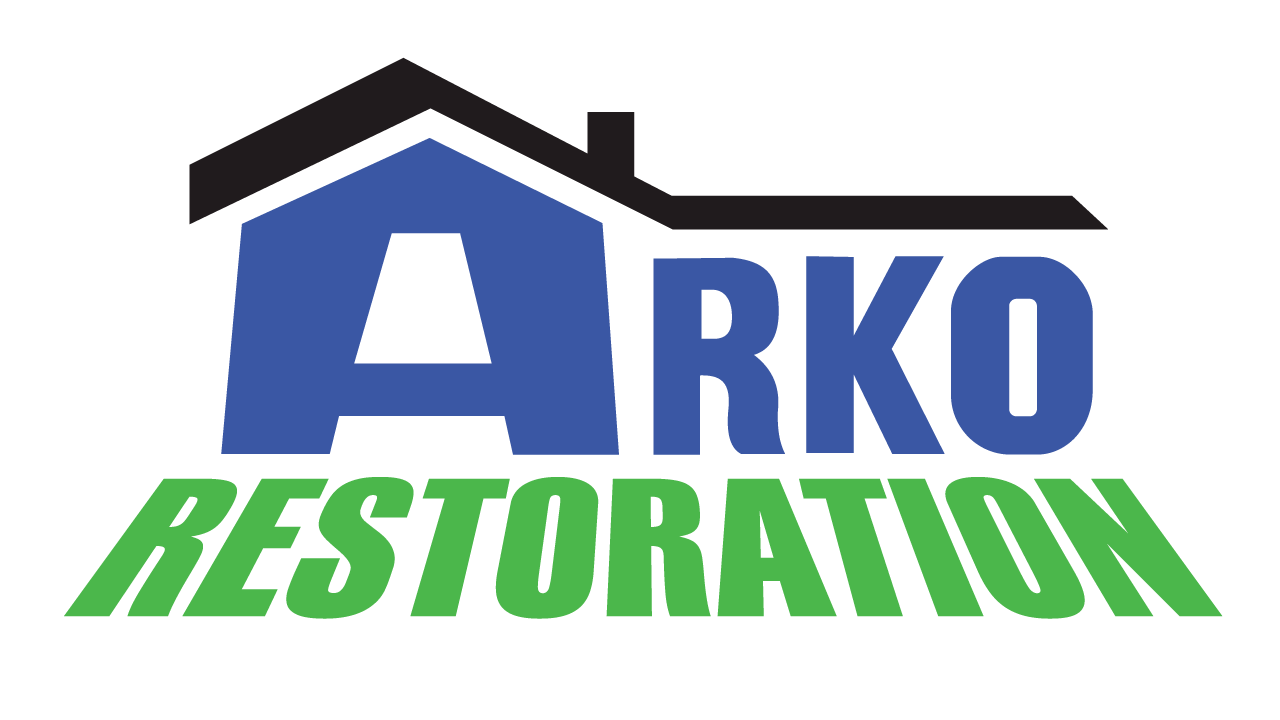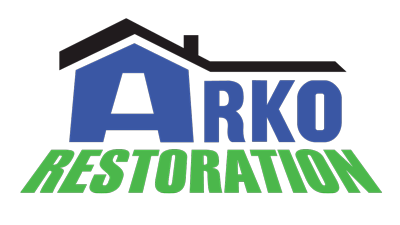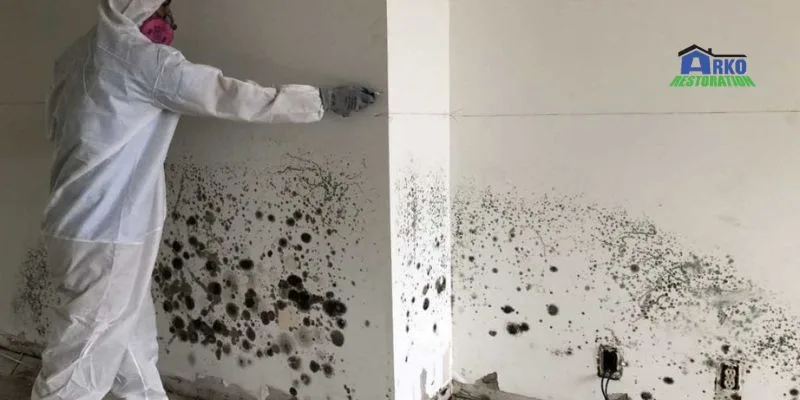Removal and remediation of mold ensures a safe indoor environment. It is important to understand the systematic steps for effective mitigation. When you do, you can be able to take action and possibly prevent health issues as a result. But what is mold?
What Is Mold and Why Is It Growing in My Property?
Mold, a type of fungus, is usually seen as discolored patches with fuzzy edges. Its microscopic spores disperse in the air and search for moisture and nutrition. Mold growth in properties is triggered by water leakage, high humidity, and flooding. Poor ventilation and lack of drying after the water damage create a favorable environment for the growth of mold.
Additionally, mold destroys buildings and is hazardous to health, creating allergies and respiratory complications. Preventive measures are required as well, including regular inspection, timely repair of leaks, and adequate ventilation. However, you need to understand that mold loves moisture, so it is important to have a healthy and moisture-free house.
6 Steps of Mold Removal and Remediation
Mold and water damage can trigger major problems concerning insulation, electrical wire, and wooden furniture. Moreover, it is also dangerous for the structural integrity of your home due to mold growth. Mold identification and careful remediation is a necessity as this prevents its spreading within the household, thereby leading to reduced chances of severe structural damages.
Individuals who have never undertaken a mold remediation process might inquire about the procedure. To ensure there is clarity, here are 6 steps of mold removal and remediation.
1. Assessment
Mold elimination begins with a detailed examination of moisture evaluation, mold air quality assessment, and mold inspection. An expert on mold remediation will inspect your home to assess the extent of the issue. They may also collect samples from the affected and non-affected areas for testing purposes since molds are known to move fast in buildings.
After assessment, a comprehensive report for submission to you and your remediator is provided. Thereafter, the remediation expert provides a quotation for mold eradication with a contract detailing the specific strategies and actions to be followed in the remediation effort.
2. Addressing moisture issues
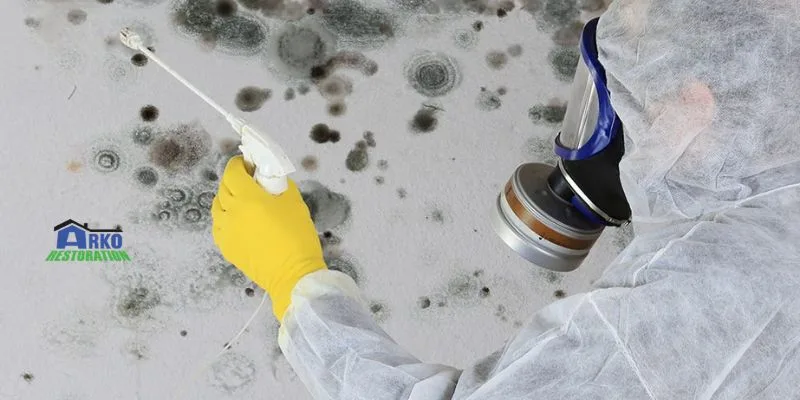
It is important to prepare before remediation services. Start by finding the moisture as it makes a good place for the mold spores to grow. Mold can return even with professional remediation if there is still water in the wall. Address quickly, watery roof issues, poor ventilation, and gutter leakages causing mold formation.
The source of the moisture must be eliminated to ensure permanent mold removal. Failure to take care of the moisture problem prevents the mold disappearance, as well as creates severe aesthetic and structural problems. Acting promptly to rectify any moisture issues provides for better remediation by limiting the chances of coming back again.
3. Isolating contaminated spaces
Once the moisture problem is settled, the remediation team will take important control measures and clean up the mold problem. The professionals also carefully seal the affected area including the windows, and the openings to ensure that mold does not spread to the unaffected parts. They isolate the whole building using an additional barrier of plastic sheeting.
Experts also identify the airborne characteristics of the mold spores and they spray the affected rooms completely, targeting spores that could be there in the air. With this careful approach, the spread of mold-laden particles is also limited, resulting in a complete removal of mold and a safer enclosed space.
4. Removal of damaged items
Porous materials have to be discarded like carpeting, clothing, plaster, drywall, and fabric-covered furniture. These items need to be placed into tight, air-tight bags and wiped down to get rid of mold spores. Such materials should be disposed of in a landfill, as specified by the local regulations by the professionals.
Biocide treatment will be employed to eliminate mold spores on non-porous items including bathtubs, countertops, metals, tiles, and sinks. Similarly, remediation experts apply antimicrobial commercial-grade sprays on porous items that cannot be removed such as wooden wall studs. This is to help eliminate as many mold spores as possible.
5. Cleaning the affected area
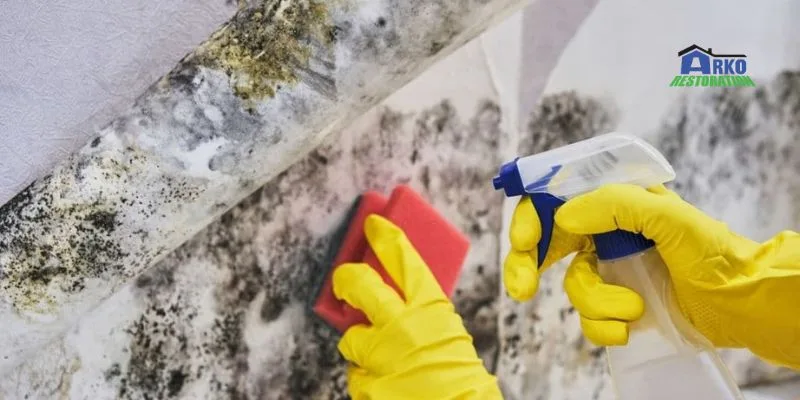
This phase entails a very careful two-step procedure to conduct a successful mold removal exercise. One of the measures used includes spraying an EPA-approved biocide on the affected section killing the mold to avoid its spread with time. The second step involves intensive surface scrubbing.
Professionals use HEPA-approved vacuums for cleaning all surfaces, removing the leftover moisture, mold residue, and debris fragments from the previous bacteria sprays. Damp-wiping and drying are some of the methods used by these vacuums for the preparation of surfaces so that they can be applied with whitewash or special paints.
The last layer acts as a shield reducing chances of future occurrence of molds. Combining biocide treatment and careful surface cleaning is guaranteed to provide a permanent solution to mold problems in your building.
6. Reconstruction
As indicated earlier, mold remediation may involve the removal of all contaminated property. Therefore, it is necessary to rebuild it using new building materials after the remedial efforts. This may involve redoing things such as plumbing, electrical wiring, finish materials, insulation, and drywall.
The reconstruction process will start once the clearance testing certificate is issued. Working with a comprehensive restoration crew is priceless because it guides you through the whole process smoothly. Their expertise ensures complete restoration from remediation to reconstruction. They help reduce the disruption period to enable the return to a safe condition immediately.
Conclusion
In mold removal and remediation, a systematic approach is required to make it effective. The solution is comprehensive and it requires certain steps, from assessment to restoration. With professional help, this becomes easier and protects your possessions so that you can return to a safe space to live.
